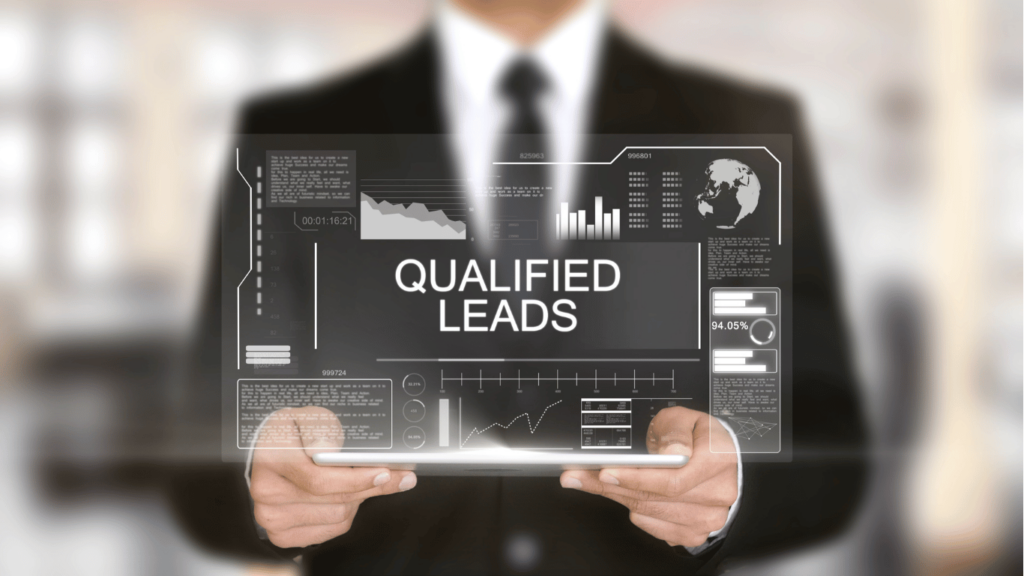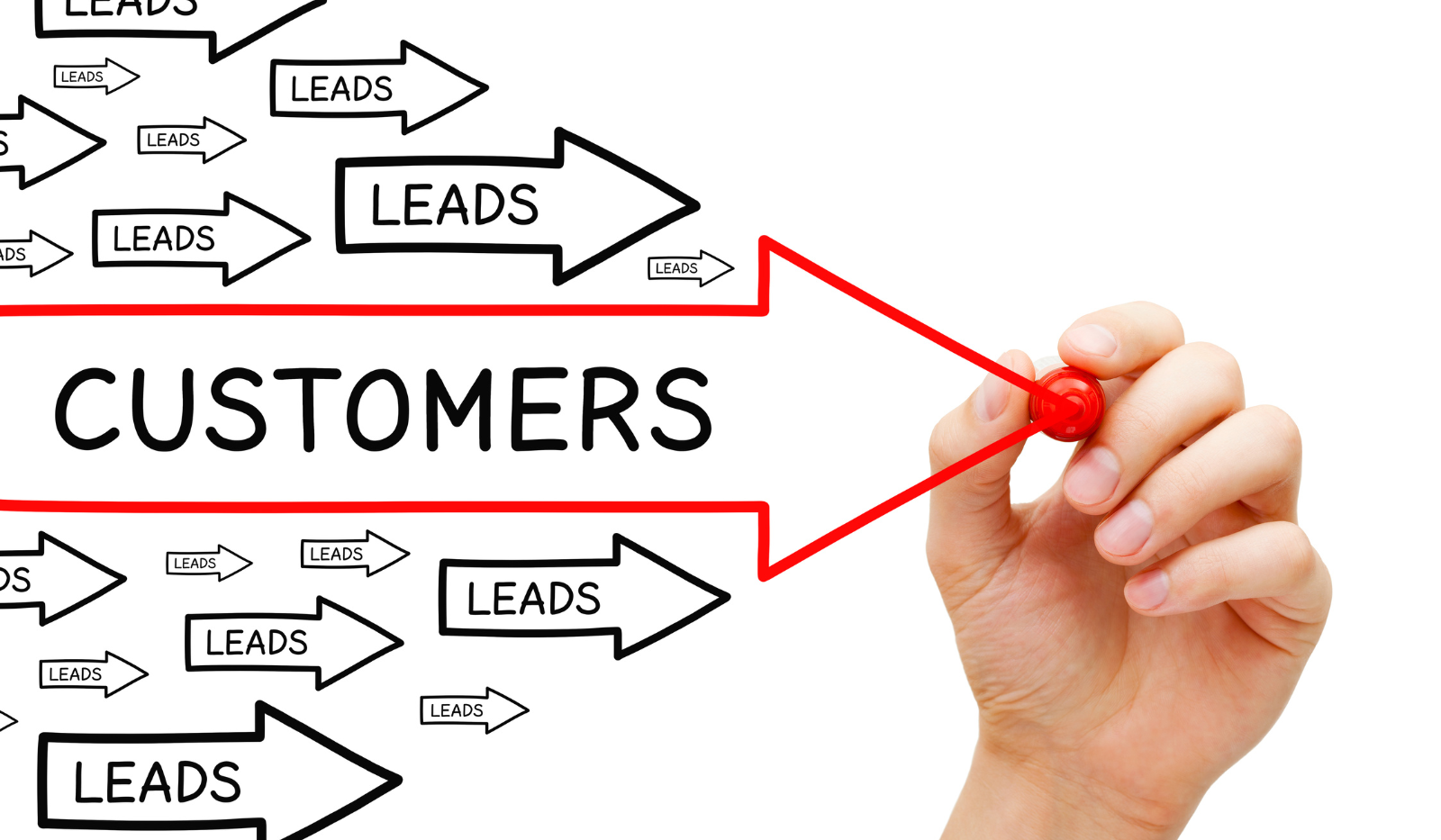Many businesses monitor various growth and sales metrics. At the end of the day, most of these metrics revolve around revenue—total revenue, monthly recurring revenue (MRR), year-on-year (YoY) revenue growth, and so on. But what about the lead velocity rate? Is this metric part of the numbers you’re monitoring?
To get a general idea if you should track it, take some time to answer these questions:
- Are you wondering why your traffic went up but your revenue didn’t?
- Is it hard to accurately predict your revenue and pipeline?
Answering “yes” to both means your lead velocity is definitely a growth indicator worth tracking. Ideally, your lead velocity rate should be stable and accelerating. Plus, according to Jason Lemkin, the founder of SaaStr, it’s real-time, not lagging, and clearly predicts your future revenues and growth.
But if you want to have an even deeper understanding of lead velocity rate (LVR) and what it means for your business—we’ve got you! This guide will discuss this metric and why it’s gold, how to calculate it, and strategies to get it to where you want it to be.
What is lead velocity rate and why is it important?

ead velocity rate or LVR is the growth rate of your qualified leads month over month. We underlined qualified because this is where it gets tricky. Depending on how a business defines it, a qualified lead varies, and 54% of marketers find generating qualified leads challenging.
In a nutshell, a qualified lead can be any of the following:
- product qualified lead (PQL)
- marketing qualified lead (MQL)
- sales qualified lead (SQL)
Ultimately, “qualified leads” pertain to prospects who are a good fit and who have a higher probability of being a customer. Also, there’s an emphasis on the words “month over month” because the lead velocity rate changes either positively or negatively per monthly period.
Basically, if your LVR isn’t growing, you can’t expect your revenue to grow either. This metric lets everyone in the company know whether you’re hitting your revenue goal or not—whether it’s total revenue or MRR (a key performance indicator for SaaS companies).
You can’t ignore LVR because:
- It’s a revenue accelerator. Businesses that actively monitor LVR and optimize the marketing efforts behind it eventually boost their sales.
- It’s an early warning indicator wherein a sharp drop in qualified leads could indicate issues in your lead generation processes
- It’s a predictive tool that correlates strongly with future conversion rates. Positive lead velocity usually translates to higher closure rates.
Side note: Lead velocity is different from sales velocity. Lead velocity rate measures “qualified leads” monthly, yet the latter looks at the entire sales process, and measures how fast or slow deals are moving through your pipeline—from lead acquisition to closing deals.
What is the formula for lead velocity rate?

Lead velocity is a dynamic metric and one that is continuously updated. To find your LVR, follow these steps:
- Subtract the number of qualified leads last month from the number of qualified leads in the current month.
- The difference is then divided into the last month’s qualified leads.
- This is then multiplied by 100 just to express the result as a percentage.
Mathematically, the lead velocity rate formula is:
Lead Velocity Rate = no. of qualified leads last month – no. of qualified in the current month) /
no. of qualified leads last month x 100
Here’s an example: If a SaaS startup gained 50 new qualified leads in May. Then by June, their marketing efforts resulted in 65 new qualified leads. Their lead velocity rate can be computed as follows:
LVR = [(65-50)/50] x 100 = 0.3 x 100% = 30%
So, what is a good lead velocity rate?
There’s no one-size-fits-all definition of a “good” LVR.
However, a positive LVR indicates a growth in qualified lead acquisition, suggesting that your lead generation efforts are effective.
Conversely, a negative LVR may signify potential obstacles in your lead acquisition or lead qualification process—and it needs prompt attention.
Components of lead velocity rate

To understand the lead velocity rate fully and holistically, you have to also recognize the components involved—whether implicitly or explicitly expressed within the formula.
Qualified leads
A qualified lead is a prospect who has shown genuine interest in a product and meets the conversion criteria. These identifiers typically include user engagement levels and behaviors that fit the ideal customer profile.
- Leads that are product qualified are identified through product-centric activities like feature adoption, frequency of app usage, or other specific user behavior demonstrating a deeper product understanding.
- Marketing qualified leads are those who have a higher chance of becoming customers based on engagement in marketing campaigns. Interactions can include gated content interest, website visits, and responses to targeted marketing campaigns.
- Sales leads follow specific criteria outlined by the team. They may have shown a clear demand for the product or service, financial capacity, and a clear timeframe for buying.
Monthly timeframe
A monthly timeframe gives room for frequent and timely assessments of lead acquisition performance. The dynamic nature of business environments like subscription-based ones requires having a pulse on their growth trends regularly.
Percentage change calculation
The percentage change tells whether your business is growing or contracting. A positive percentage change signifies growth, while a negative value indicates a reduction in leads. This directional insight is necessary for understanding the overall trajectory win rate of lead acquisition.
Other essential elements to consider
- Visitor to lead conversion rate: This metric helps measure the efficiency of the first stages of your lead generation funnel. A higher conversion rate indicates that a significant portion of website visitors is engaging with the business and progressing to the lead stage.
- Visitor to sign-up conversion rate: This metric measures the effectiveness of your website in encouraging visitors to take a specific action that signifies a level of commitment—whether through account creation, newsletter sign-ups, or other registration processes.
- Visitor to trial conversion rate: This metric is particularly relevant for businesses offering trial versions. A higher conversion rate reflects a successful transition from awareness to a more committed and hands-on experience with the offering. But what’s the point of this model with qualified leads—it’s free? Well, up to 10% of new sales are attributed to free trials.
- Unqualified traffic: Sometimes, web traffic can be a vain metric. Businesses obsess over it, only to see that most are unqualified. This website traffic doesn’t really add to conversion because these casual visitors don’t meet the criteria set by the business to qualify as leads or customers. However, 59% of B2B marketers think SEO drives quality traffic.
Should you or should you not monitor the lead velocity rate?

It’s generally advisable for businesses—particularly those seeking sustained sales growth—to include lead velocity rate in their regularly monitored performance metrics. But why?
Pros of monitoring lead velocity rate:
It lets you know if you’re meeting your growth target.
This is direct—LVR serves as your benchmark for growth goals. By consistently monitoring this metric, businesses can establish realistic targets and track their progress.
It directs your marketing campaigns.
Businesses can better determine the effectiveness of their marketing campaigns. In fact, LVR helps you identify which marketing initiatives contribute the most to lead growth. That could determine which channel is most effective and you can allocate resources accordingly.
It improves team accountability.
Monitoring LVR promotes accountability within teams. Teams become more focused on lead acquisition goals and efforts when they have visibility into real-time sales performance and metrics.
Cons of not monitoring lead velocity rate:
It delays responses to critical issues.
Failure to monitor this KPI risks delayed responses to time-sensitive issues in lead generation. Without real-time LVR insights, you may overlook promptly addressing challenges potentially affecting the overall health of the sales pipeline.
It limits your view of growth roadblocks.
Not monitoring LVR can hinder future business growth and opportunities. If you miss the chance to refine certain lead generation tactics right away, you may end up falling behind competitors who leverage real-time metrics for strategic improvements.
It blocks the critical evaluation of marketing and sales processes.
Monitoring LVR quantifies the impact of marketing and sales process changes— so if you don’t watch it closely, you get the opposite. Carefully managing your lead velocity rates may reveal the shortcomings or inefficiencies of certain underperforming strategies.
6 strategies to hit your lead velocity rate goals

1. Encourage healthy competition between reps
If you’re into SQLs, your sales team and reps are your most important asset. Healthy competition between them ignites motivation and drive. When individuals strive to outperform their peers in a positive environment, it naturally fuels their determination to reach and surpass lead velocity rate goals.
2. Align sales and marketing
This is a key trend this past few years—sales and marketing alignment. In fact, 44.8% say aligning the two siloed departments became more important because they synchronize user experience that guides users to qualify as hot leads.
So, conduct joint planning sessions where sales and marketing teams collaboratively outline strategies, brainstorm campaigns, study metrics and review timelines.
3. Identify bottlenecks in qualifying leads
To identify bottlenecks in qualifying leads, you should review and tweak (if needed) your lead qualification criteria. Ensure that the criteria matches those of good-fit leads and are consistently applied across all customer touchpoints.
4. Leverage multichannel marketing
Why get stuck in one channel when you can use three? Yes, You must leverage a mix of channels, such as email marketing, content marketing, social marketing, and paid advertising, to create diversified touchpoints with leads. This ensures a broader reach and increased opportunities for engagement among your target audience.
5. Be serious in lead nurturing
If you need to gather more information about your leads or move them to the next stage of your funnel, you’ll have to continuously engage with them and nurture them.
Nurturing through emails? Implement segmented email campaigns based on lead characteristics, behaviors, and interests. Targeted communication makes each email feel tailored to the individual lead.
Nurturing through content? Only provide relevant and high-quality content to prospects at different stages of the buying journey. (a whopping 91% of B2B marketers communicate with content.)
6. Prioritize targeted paid advertising campaigns
Targeted paid advertising is meant for a specific audience segment. Most likely, they’re web surfers actively looking for solutions like yours. So, select keywords strategically to ensure your ads appear for relevant search queries. In a Statista survey, 32.6% of marketing leaders say paid media campaigns are one of the main factors generating qualified leads.
Catapult your LVR with a reliable stream of qualified leads

In conclusion, tracking lead velocity rate (LVR) is non-negotiable for businesses. It’s your organization’s guiding metric that can explain why you’re growing or not. LVR is dynamic—real-time and might be fluctuating.
So if you need help elevating the metric, tap into a consistent stream of qualified leads through the expertise of highly skilled virtual assistants. VAs from the TaskDrive team are trained on cutting-edge AI tools and strategic playbooks for reliable and automated lead acquisition techniques.
A dynamic metric deserves a dynamic solution! Book a call today with TaskDrive today and see how our AI-powered VAs can help you grow your business.



